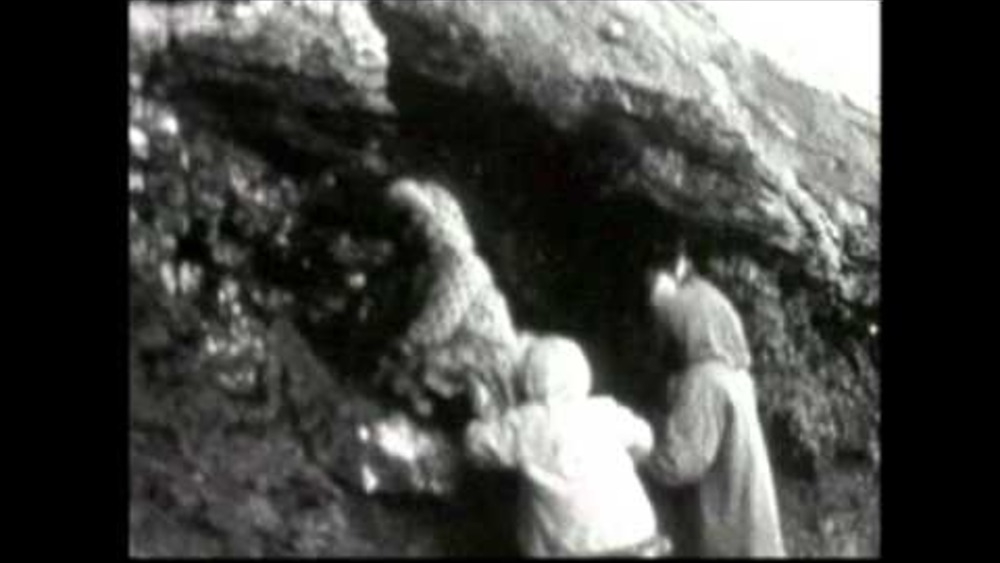Indigenous Governance Database
environmental protection

Forest County Potawatomi Renewables Program Nets EPA Top 30 Nod
They squelched a mine, established air-quality monitoring and built a solar plant. Where does a tribe go from there? For the Forest County Potawatomi Community it meant going deeper. The tribe has translated traditional values into a program that uses cutting-edge technologies and sophisticated…

Yurok Tribe to release condors in California
Yurok tribal tradition holds the California condor as sacred, with ancient stories saying the giant birds fly closest to the sun and are the best messengers to carry prayers. Now, after five years of research, the far northern California-based tribe has received permission to release captive-bred…

Seneca Nation Implements Native Plant Policy
The Seneca Nation of Indians are spearheading a movement to reintroduce more indigenous flora to public landscapes on tribal lands in Upstate New York. The tribal council unanimously approved a policy that mandates all new landscaping in public spaces on Seneca lands exclusively be comprised of…

How First Nations Guardians Defend British Columbia's Fragile Coast
B.C.'s Central Coast houses the Great Bear Rainforest, the largest intact temperate rainforest left in the world. Attracting environmentalists, tourists, big game hunters, and natural resource developers from all over the globe, this fragile and much-coveted ecosystem has been home to First Nations…

Potawatomi $20 Million Feedstock-to-Energy Conversion Plant Becomes Reality
Meeting the dual goal of environmental stewardship and sustainability, the Forest County Potawatomi Community has opened its newly constructed $20 million Renewable Energy Facility, which will convert area food waste into enough electricity to power 1,500 homes. It was the fruition of a project…

8 Tribes That Are Way Ahead of the Climate-Adaptation Curve
Much has been made of the need to develop climate-change-adaptation plans, especially in light of increasingly alarming findings about how swiftly the environment that sustains life as we know it is deteriorating, and how the changes compound one another to quicken the pace overall. Studies, and…

Red Cliff Chippewa Band Re-Dredges 55-Gallon Drums of Live World War 2 Ammo From Lake Superior
The Red Cliff Band of Lake Superior Chippewa is having another go at the munitions barrels dumped into their waters by the Army Corps of Engineers during the Cold War years. Nearly 1,500 55-gallon drums were interred beneath the lake on orders of the U.S. Department of Defense from 1959 to 1962.…

Unlikely Alliances
In the 2010s, new “unlikely alliances” of Native peoples and their rural white neighbors are standing strong against fossil fuel and mining projects. In the Great Plains, grassroots coalitions of Native peoples and white ranchers and farmers (including the aptly named “Cowboy and Indian Alliance”)…

Mohawk Council of Akwesasne and Federal Bridge Corporation Limited Sign Memorandum of Understanding for North Channel Bridge
The Mohawk Council of Akwesasne (MCA) announced that it has entered into a Memorandum of Understanding (MOU) with the Federal Bridge Corporation Limited (FBCL) for a new bridge that will cross the North Channel of the St. Lawrence River between Kawehnoke (Cornwall Island) and the City of Cornwall.…

Inuit Observations on Climate Change
This video documents the impacts of climate change from an Inuvialuit perspective. On Banks Island in Canada's High Arctic, the residents of Sachs Harbour have witnessed dramatic changes to their landscape and their way of life. Exotic insects, fish and birds have arrived; the sea ice is thnner and…

Saint Regis Mohawk Tribe: Climate Change and Adaptation Planning for Haudenosaunee Tribes
Tribes are beginning to identify potential climate change impacts on their cultural and environmental resources and to develop climate change adaptation plans. The Saint Regis Mohawk Tribe, located in New York and Canada, is in the early stages of adaptation planning. The Tribe is bringing together…

Climate Change Adaptation Plan for Akwesasne
The Saint Regis Mohawk Tribe’s (SRMT) Environment Division is investigating the impacts of climate change on the resources, assets, and community of Akwesasne and is developing recommendations for actions to adapt to projected climate change impacts. This plan is a first step in an effort to…

Best Practices Case Study (Respect the Spirit in the Land): Champagne and Aishihik First Nations
Located in far north-western British Columbia, Tatshenshini-Alsek Park was one of the last areas of B.C. to be mapped. The area's earliest residents were the Tlingit and Tuchone First Nations. Today, with the park in the traditional territory of the Champagne and Aishihik First Nations (CAFN),…
Pagination
- First page
- …
- 1
- 2
- …
